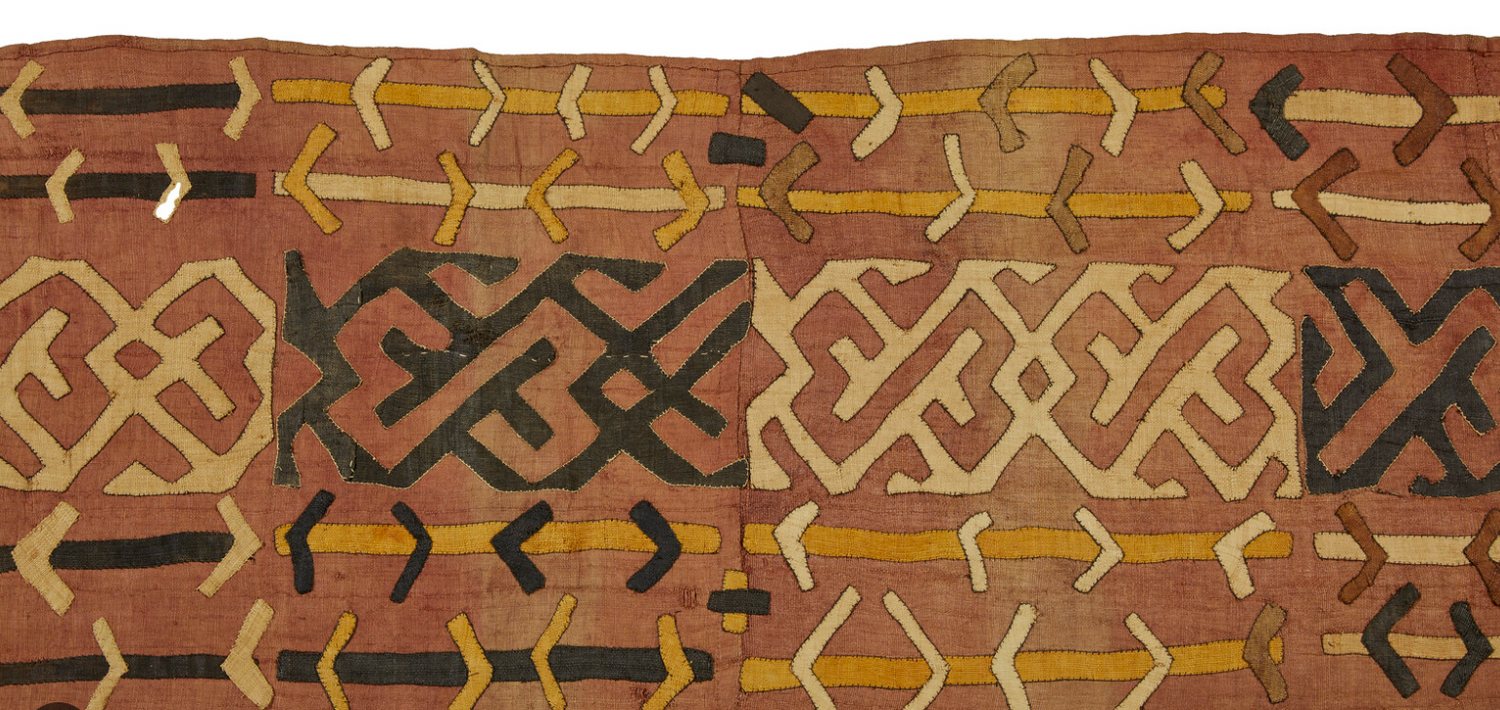
Ethiopian crosses hold great cultural significance in Ethiopian Orthodox Christianity, yet, their unique designs and intricate lattice work has made them desirable, sort after pieces by interior designers and interior stylists around the world.
Little is known about them outside of their Ethiopian origins and stunning aesthetic, and many are stunned to learn that Ethiopian Coptic crosses are in fact, made by hand. Yes, that's right! From the smallest, to the largest, they are individually handmade and finished, emerging as the exquisite, highly sought after, decorative pieces we've come to admire and love.
Ethiopian crosses can be used decoratively in various ways. They can be displayed as a standalone statement piece or grouped together in varying sizes and designs to create a focal point in your space that brings the 'wow' factor. The great thing about Ethiopian crosses is that aesthetically, they fit seamlessly into different design styles - from bohemian, eclectic, global-inspired, contemporary modern or classic, making them incredibly versatile for styling in the home.
Origins
The origin of Ethiopian crosses can be traced back to the ancient Axumite Kingdom, where crosses were used as amulets and symbols of faith. Over time, these crosses evolved in their design and became more intricate and ornate, incorporating symbolism and geometric patterns. Using the age old 'Lost Wax' technique, passed down through the generations, the actual process may vary slightly depending on the region and artisan, however, the most common material used for making Ethiopian crosses is brass, but are also known to be made from other metals including silver, gold, zinc and even molten bullet casings!
The Process
The process usually begins with the artisan creating and carving a wax mold of the Ethiopian cross, which is traditionally packed in clay or a ceramic mixture, until the cross is completely encased, leaving a small hole open at one end.
The clay is then heated in a furnace - old practices saw a hand bellow used made from animal hide, to reach the desired temperature over a fire - until the wax melts away, leaving a hollow clay shell, which has the shape of the cross imprinted on the inside.
The metal is melted and poured into the clay shell and cracked open once the metal has cooled and solidified completely. The rough edges are then filed down and the Ethiopian cross is polished to achieve a smooth finish. Artisans will then add intricate details and designs to the Ethiopian crosses using a variety of techniques, including etching and engraving, following which, it is ready for sale at the local markets.
The finished product is not only a stunning work of art, but one that is highly valued in Ethiopian culture and is also often worn in necklace form as a symbol of faith and protection.
Unique
In today's world where mass-produced goods are ubiquitous and easily accessible, it's easy to forget the beauty and value of handmade products. The labor-intensive process each artisan goes through to create a single piece is truly admirable and deserves recognition. It is important to remember that when you buy handmade, you are not only supporting the livelihoods of skilled artisans, but also cherishing the intrinsic value of unique and perfectly imperfect creations.
So whether you're an avid collector or looking to start your own collection of Ethiopian crosses, it is our hope that you will look at these pieces with a renewed admiration and profound appreciation.
For more information about Africanologie or our selection of Ethiopian crosses, email us at sales@africanologie.com.au or visit us in Mosman, in-store.



